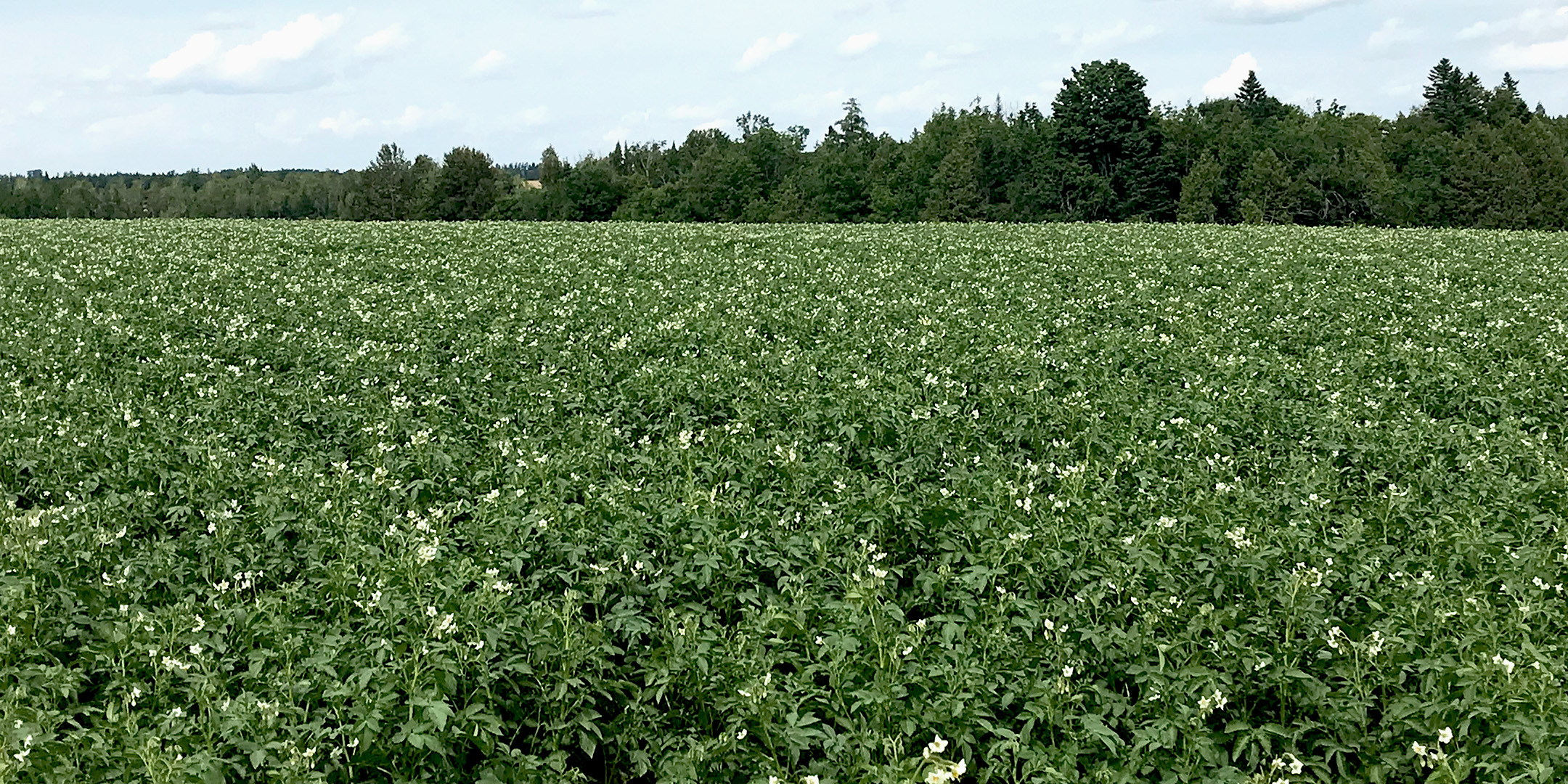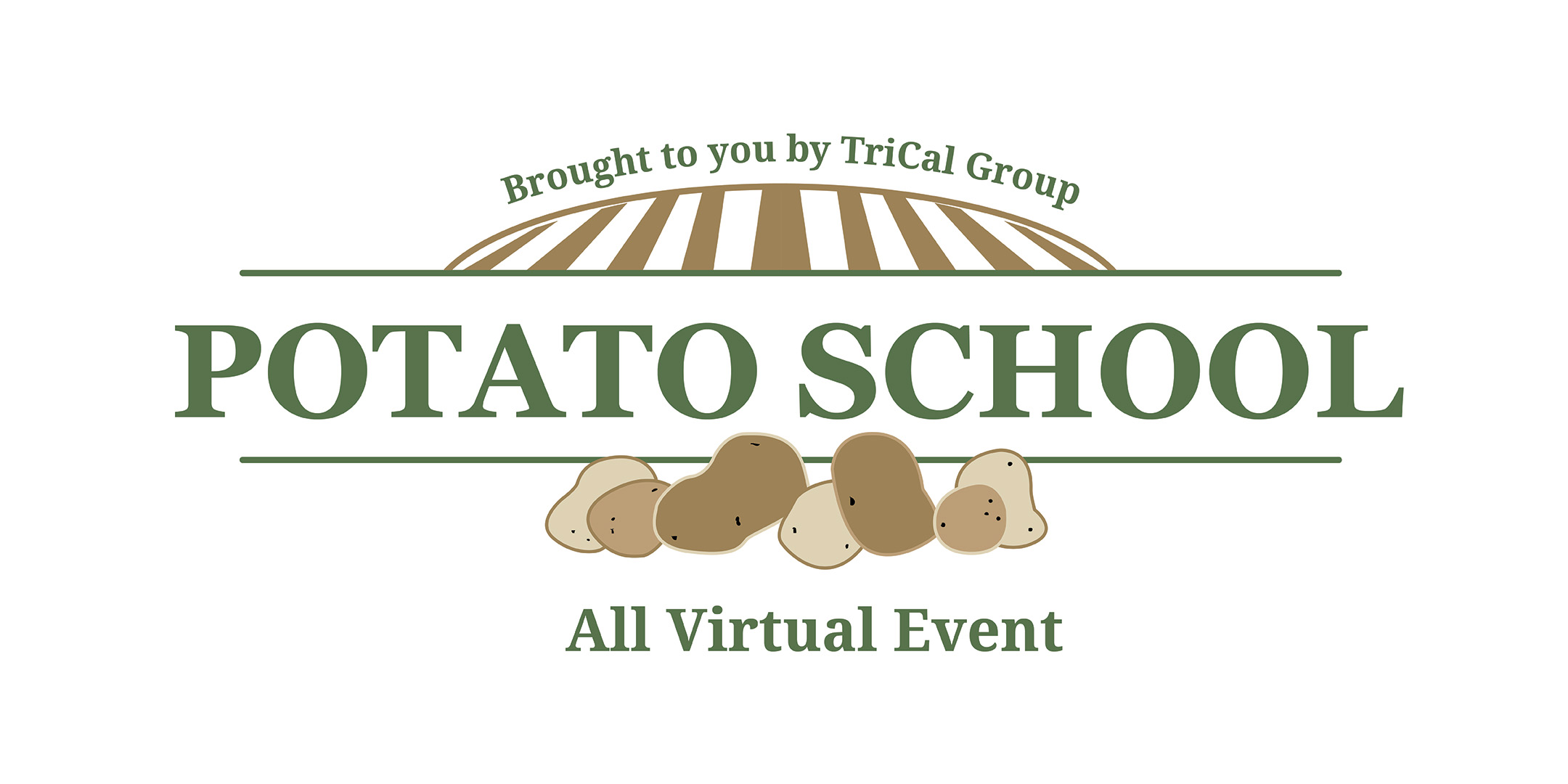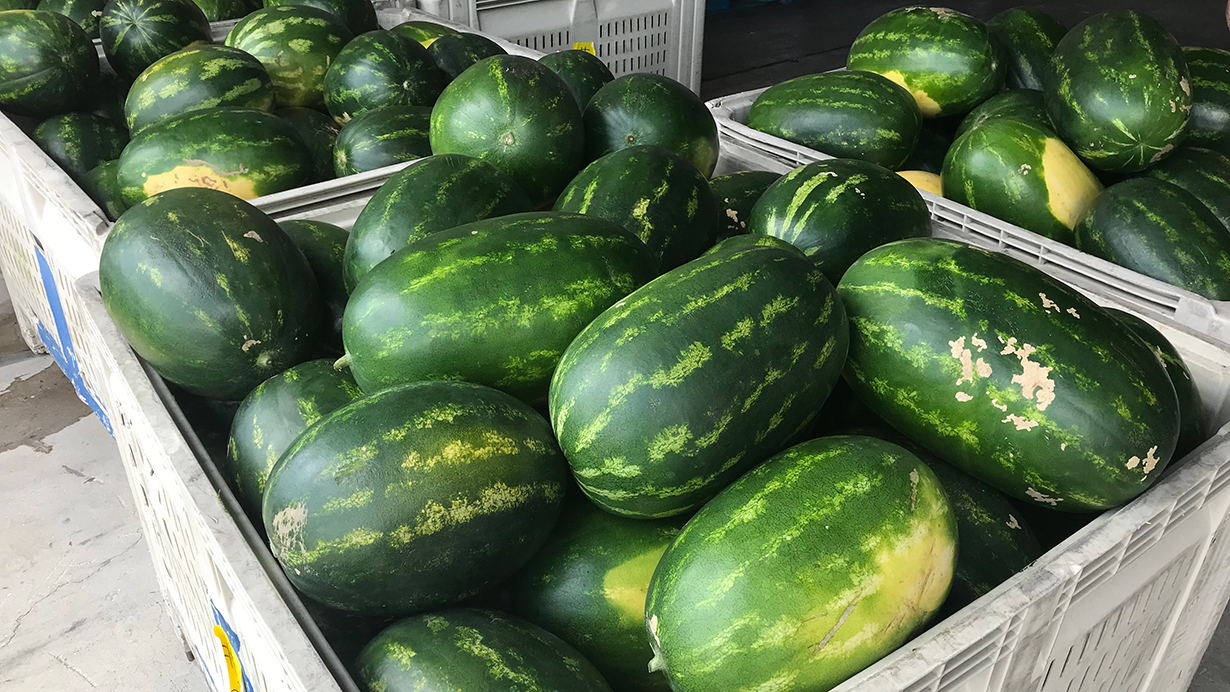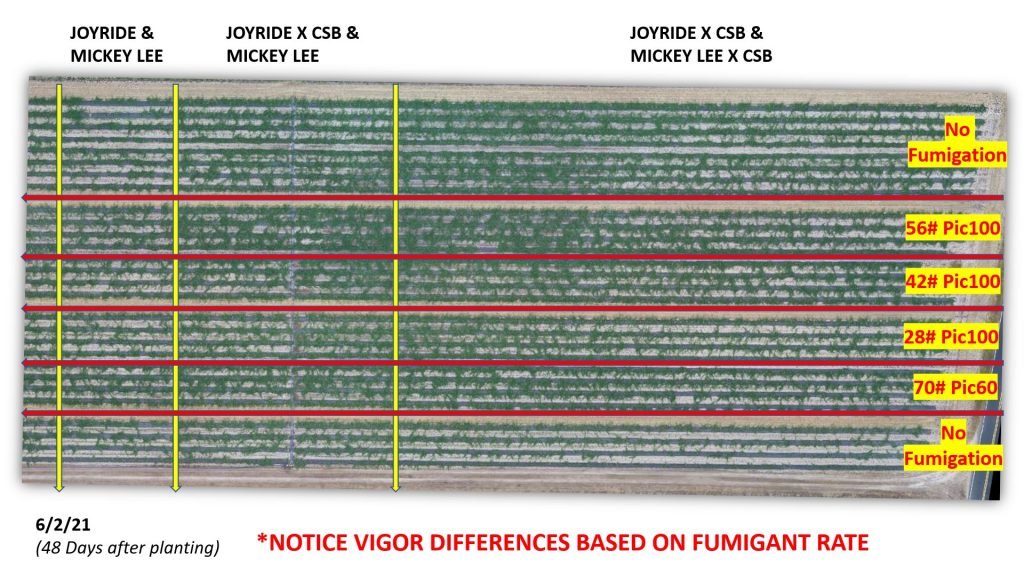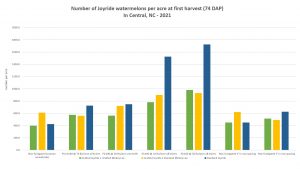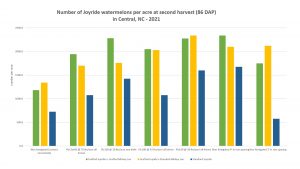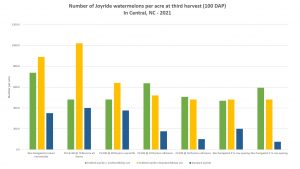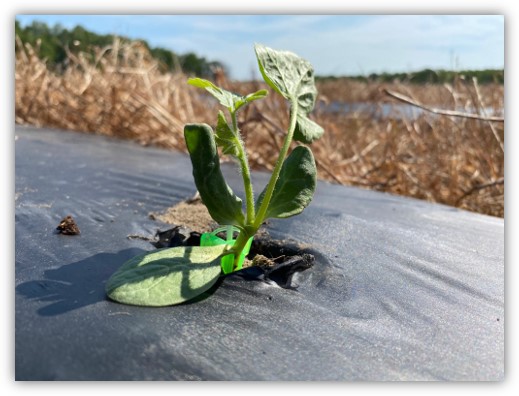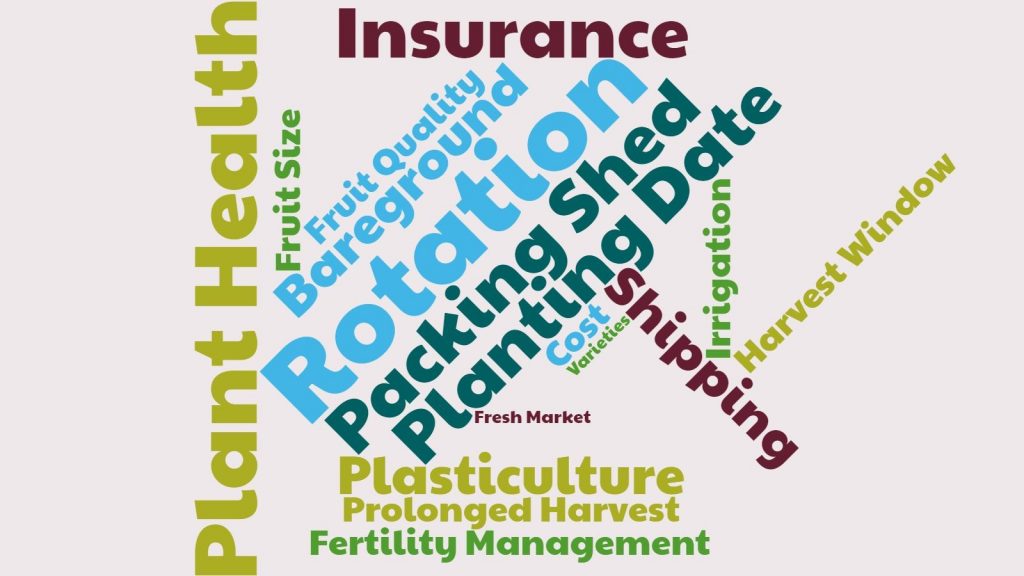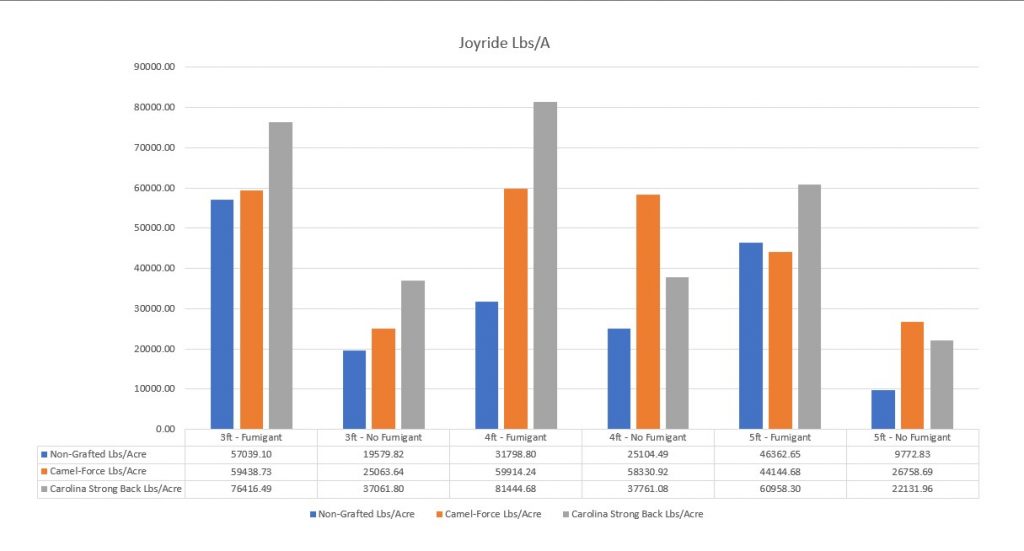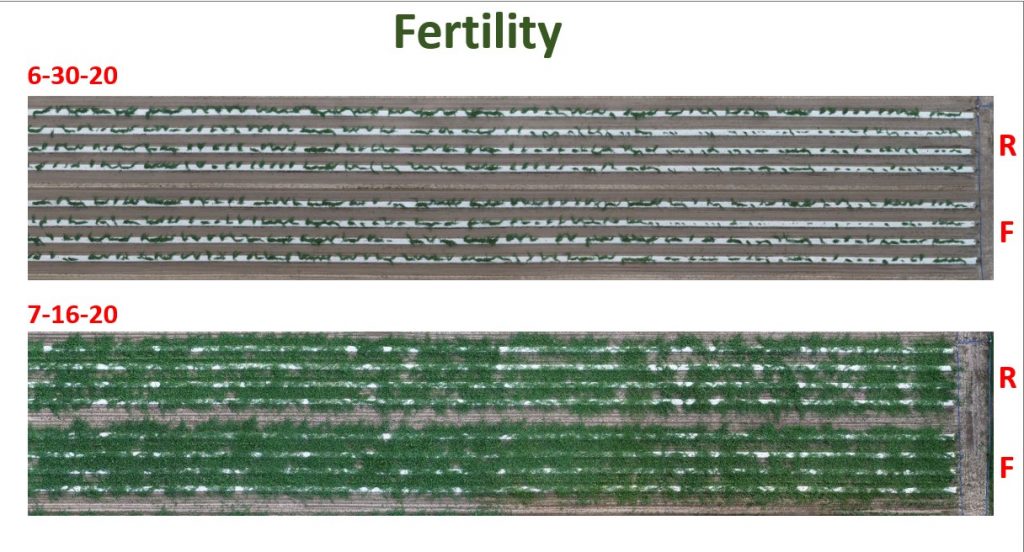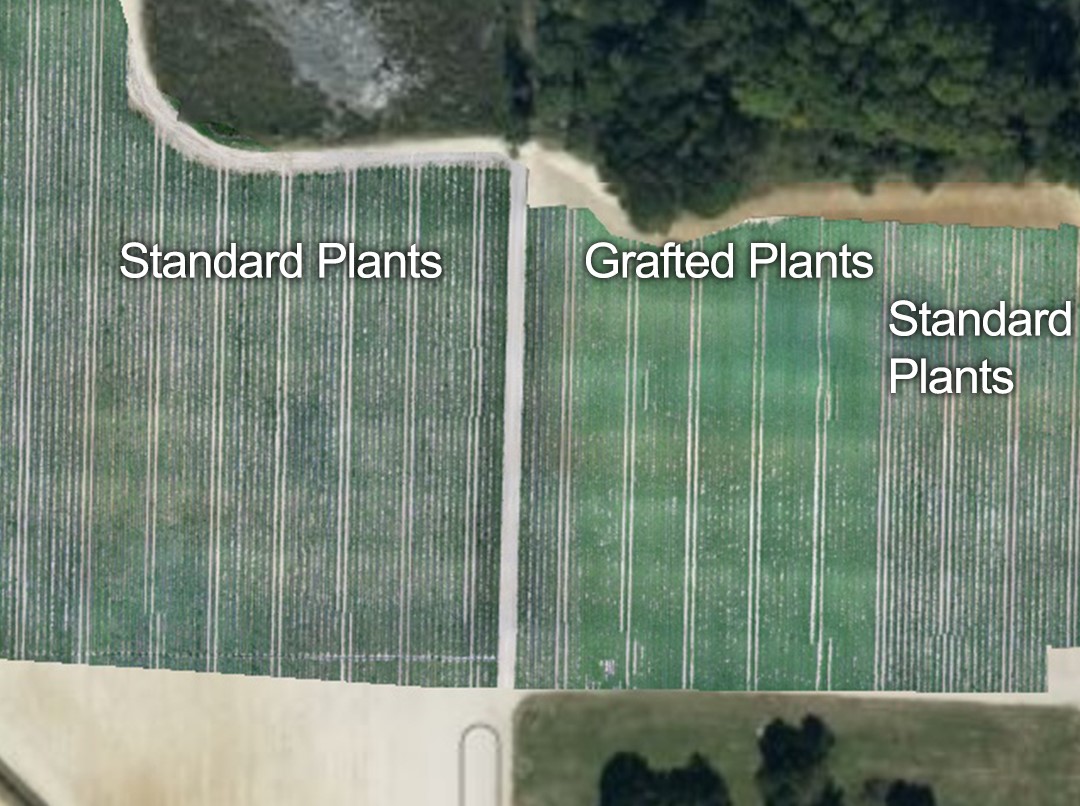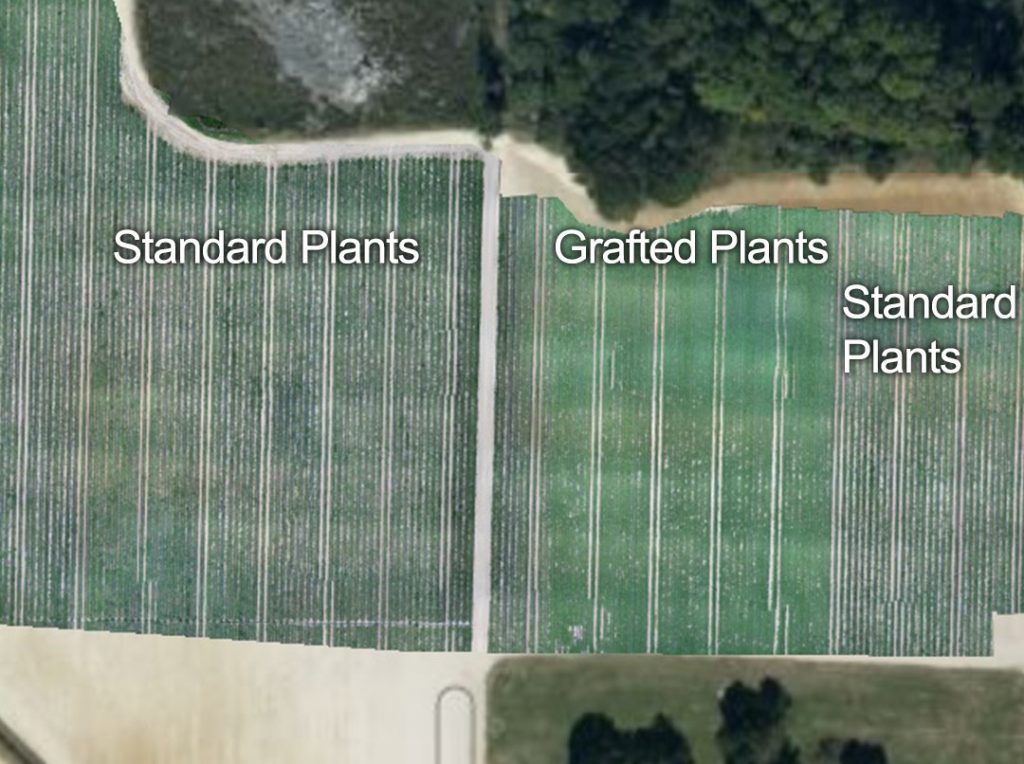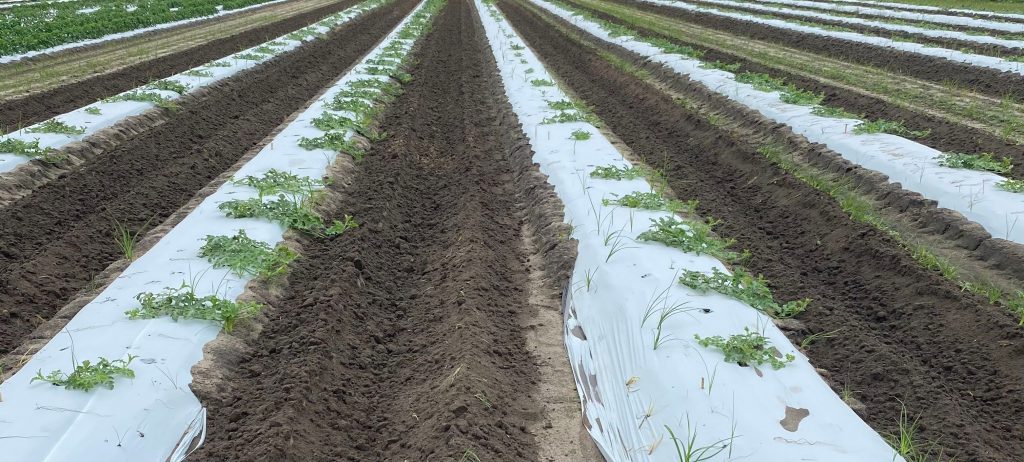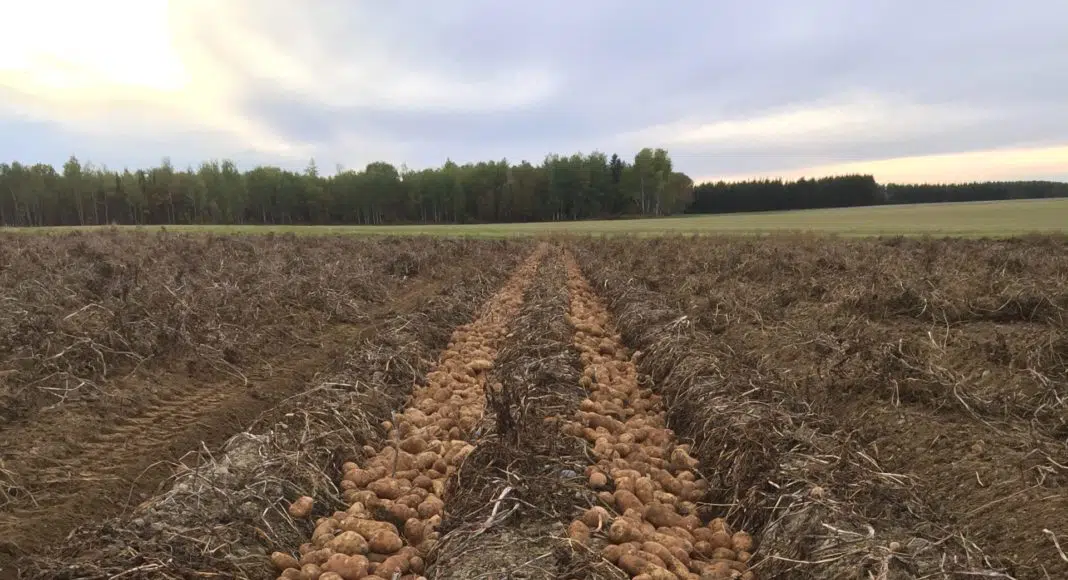The 3rd annual TriCal Group Potato School was a success! We hope you were able to attend the live event that happened on Tuesday, December 13th and interact with our amazing lineup of speakers. If you weren’t able to attend or would like to revisit some of the great content from the school you can now. We have all of the presentations on video available for viewing ON DEMAND today.
Go to https://strikefumigants.com/potato-school-on-demand/ today and sign-up to view them.
PRESENTATIONS AVAILABLE:
Dr. Gary Secor
North Dakota State University Professor Plant Pathology Department:
AN OVERVIEW OF SOIL BORNE DISEASES IN POTATOES, WITH A FOCUS ON THE DETRIMENTAL EFFECT OF FUSARIUM AND RHIZOCTONIA
Dr. Steve Culman
Washington State University’s Soil Health Endowed Chair:
HOW TO OPTIMIZE CROP SUSTAINABILITY AND REGENERATIVE AGRICULTURAL PRACTICES IN POTATO SYSTEMS
Dr. Chad Hutchinson
TriCal Group Global Director Potato Research and Market Support:
FUNCTIONAL SUSTAINABILITY: USING THE STRIKE SYSTEM TO REACH BOTH YOUR FINANCIAL AND REGENERATIVE AGRICULTURE GOALS
Grower Panel
Josh Dreise, Fair Valley Produce – Fresh Market Potatoes
Nathan McClain, Floydd Farms – Processing Potatoes
Dr. Randy Huckaba
Teleos Ag Solutions Director of Product R&D:
TELONE® FLEXIBILITY IN POTATO PRODUCTION
Jonathan Vink
Sales And Service at Douglas Agricultural Services Inc.:
THE STRIKE SYSTEM – HOW TO GET STRIKE IN THE GROUND: EQUIPMENT, SOIL PREPARATION, AND NUTS & BOLTS OF SOIL FUMIGATION LOGISTICS
